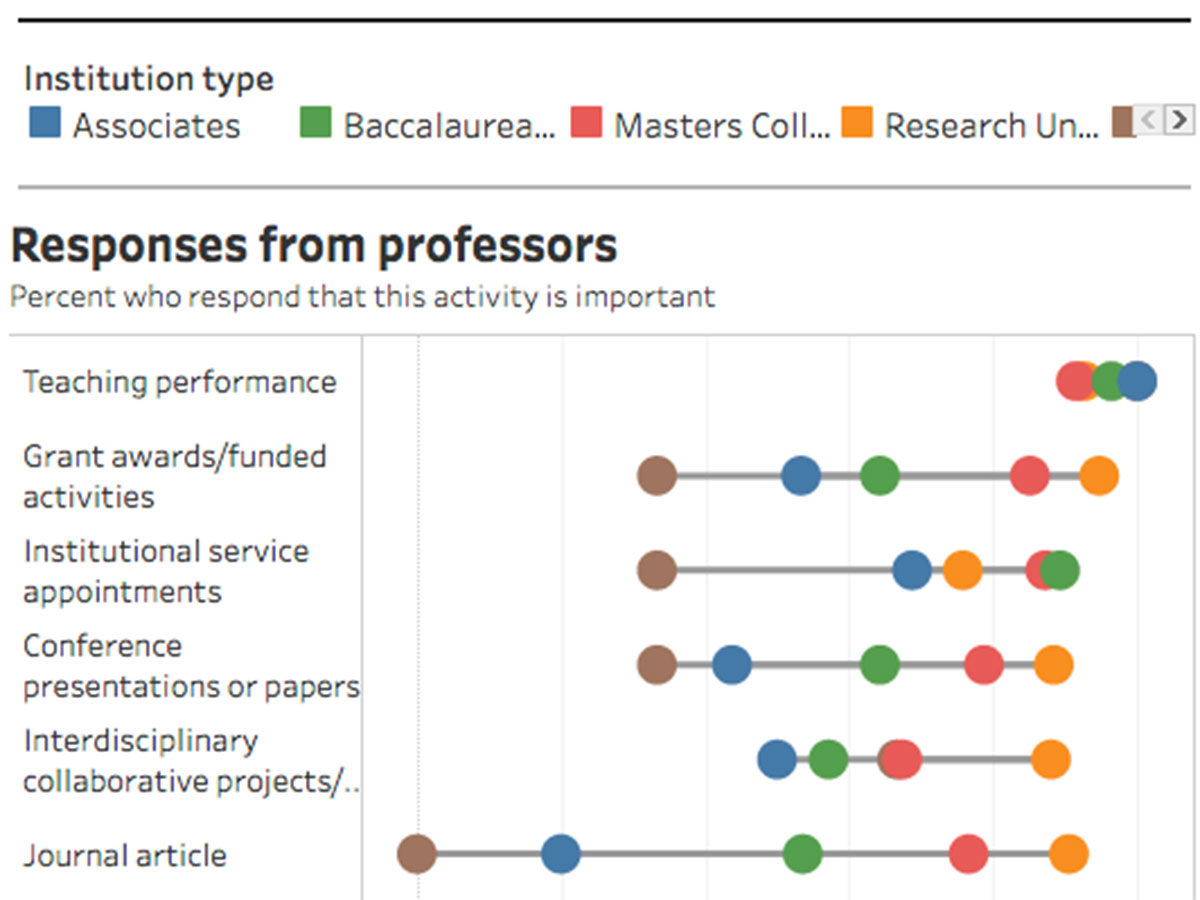Lance Hidy
Accessible Media Specialist
Northern Essex Community College
The academic administrators at Northern Essex Community College in Haverhill, Massachusetts, are considering adopting Universal Design for Learning (UDL) as a new methodology for improving student success and retention.
Having had disappointing results from other applied strategies, they are taking a fresh look at the role of design—especially for making instructional materials more accessible and engaging for a broad spectrum of student abilities. One important facet of UDL that the college is currently investigating is expanding the use of image content in text documents
To illustrate this idea, the Vice President of Academic and Student Affairs asked me to develop a system of icons to represent every degree and certificate offered by the college, along with icons for the six academic divisions, and the nine athletic programs—87 in all. Many of the faculty who were invited to participate in the process of icon development for their disciplines said that it was an eye-opening experience, being the first time they had engaged in a visual thinking exercise.
As the collection of icons was finalized and distributed, employees were invited to use them to promote their disciplines. Additionally, a colorful poster of all 87 icons is circulating on campus and off, providing not only a useful recruiting tool, but also a new way for employees and students to understand what the college is
It is too early to assess how persuasive this icon project will be in shifting the college culture toward UDL and improved visual literacy. But it is providing a popular, concrete example of UDL that is already being used by everyone, and is being cited as campus committees begin debating the role of UDL in the next strategic plan.

This research was presented at the Design Incubation Colloquium 5.3: Merrimack College on March 30, 2019.
